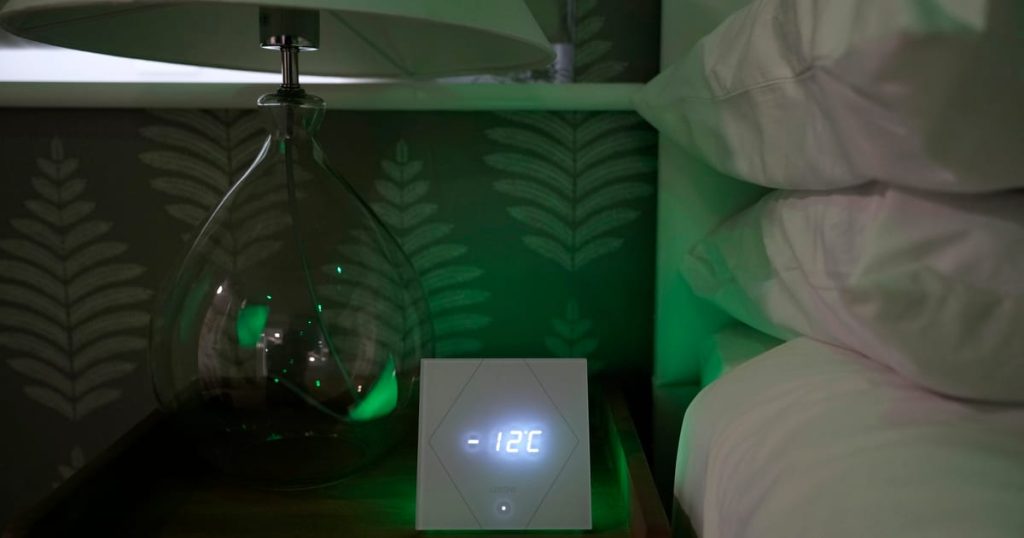Ben McWilliams is a consultant, Simone Tagliapietra is a senior fellow and Georg Zachmann is a senior fellow in the field of energy and climate policy at Bruegel, Brussels.
After surviving the most perilous winter on record without any serious interruptions to gas or electricity supply, Europe’s energy crisis is morphing into a new, less acute phase.
In fact, the Continent has emerged from this emergency with very healthy volumes of stored gas — a rather remarkable feat that was grounded by the commitment of governments to allow markets to function. Higher prices drew liquefied natural gas (LNG) cargoes away from Asia and encouraged demand reduction at home.
Most significantly, however, Russia has now exhausted its substantial market power over European supply. Over the last 12 months, as Moscow selectively cut exports, intraday price movements were recorded that, in magnitude, exceeded the absolute price pre-invasion. But today, Russian pipeline exports account for around 7 percent of Europe’s gas supply — down from 40 percent. Thus, wild price volatility should no longer be expected, and the fundamentals of supply and demand will resume their role in price-setting.
The reward for all this is that Europe is entering a calmer yet structurally important phase: adjusting to a new paradigm of low-to-no Russian gas imports.
The first bill of order now is to refill gas storages over the summer months in preparation for next winter. But while prices are tempered from their summer highs, they remain two to three times above pre-invasion levels. And though gas storages are currently 56 percent full — compared with 26 percent on the same date one year ago — last year, around one-quarter of the gas put in storage was from Russia, which cannot be counted upon this time around.
Instead, the two current pillars of European gas security are LNG supply and continued demand reductions.
The deployment of extra capacity for the import of LNG, particularly in northwest Europe, means deeper integration into global gas markets. Thus, any disturbances to domestic gas balances are increasingly passed through to global markets, acting as a buffer and absorbing pressures on the European market.
But the reverse is also true, as Europe is now more vulnerable than ever to global LNG dynamics — especially since the European Union relies on spot purchases for over 70 percent of its LNG purchases. So, additional demand, in China for example, or cuts to supply from America, would strain the system.
However, this summer, the EU Energy Platform — which was established by the European Commission — will inaugurate operations, coordinating EU demand for LNG, particularly with an eye toward helping countries that never before felt the need to look to global markets thanks to abundant gas flows from Russia.
The plan is significant in scale, with countries obligated to use the platform for 15 percent of their respective storage-filling targets, which is to get back to 90 percent by the start of winter, from a level of around 50 to 60 percent at the end of March. And since such coordination was previously left to private operators, this means that for the first time ever, an institution coordinated at the European level will be responsible for about half of the storage filling carried out this summer.
However, even if Europe manages to maintain record-high LNG imports in 2023, customers will need to keep their consumption reduced by around 15 percent in order to refill storages this summer — as is already the case since last September. So far, both industry and households have shown remarkable ability to reduce demand with limited economic cost. And the return of France’s nuclear fleet, steadily coming back online, now provides another element of resilience, allowing Europe’s power system to rely less on gas-fired power plants.
High prices will have structurally altered demand trajectories, with households installing record volumes of heat pumps and industry rethinking value chains. However, much demand reduction will have been temporary price responses, such as lowering output at chemical plants or turning down thermostats. Moving forward, there’s a risk that falling prices will again encourage overconsumption in Europe during the summer months, jeopardizing storage refilling.
As such, the challenge for policymakers and industry alike is to smoothly facilitate a transition toward structurally lower gas consumption. Here, the focus should be on incentivizing and enabling the deployment of heat pumps, renewable electricity installations and energy-efficiency measures — which means that household-level adaption schemes remain highly relevant.
Overall, when it comes to the energy crisis, things are certainly getting better — but Europe is not out of the woods yet, and there is no room for complacency. International gas market conditions will remain pretty tight until demand and supply are structurally readjusted, and ensuring gas supplies at competitive prices will continue to be a challenge.
Hopefully, this should be a strong enough incentive for European governments to further accelerate the roll-out of green technologies — the real enablers of a structural shift away from gas.

